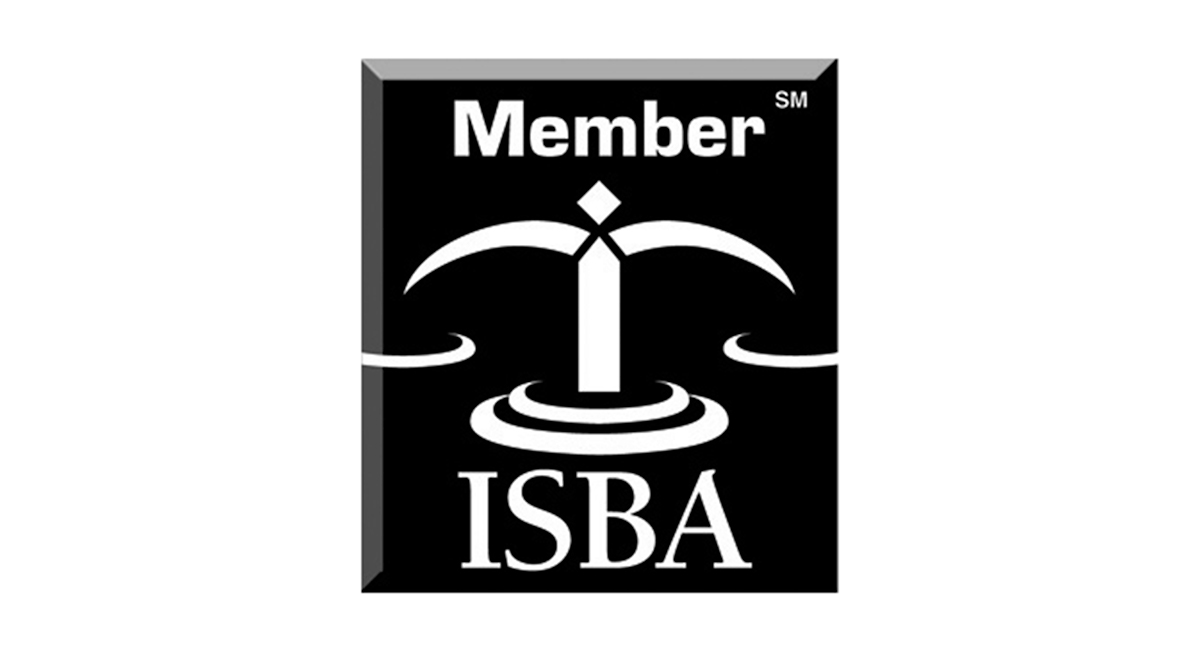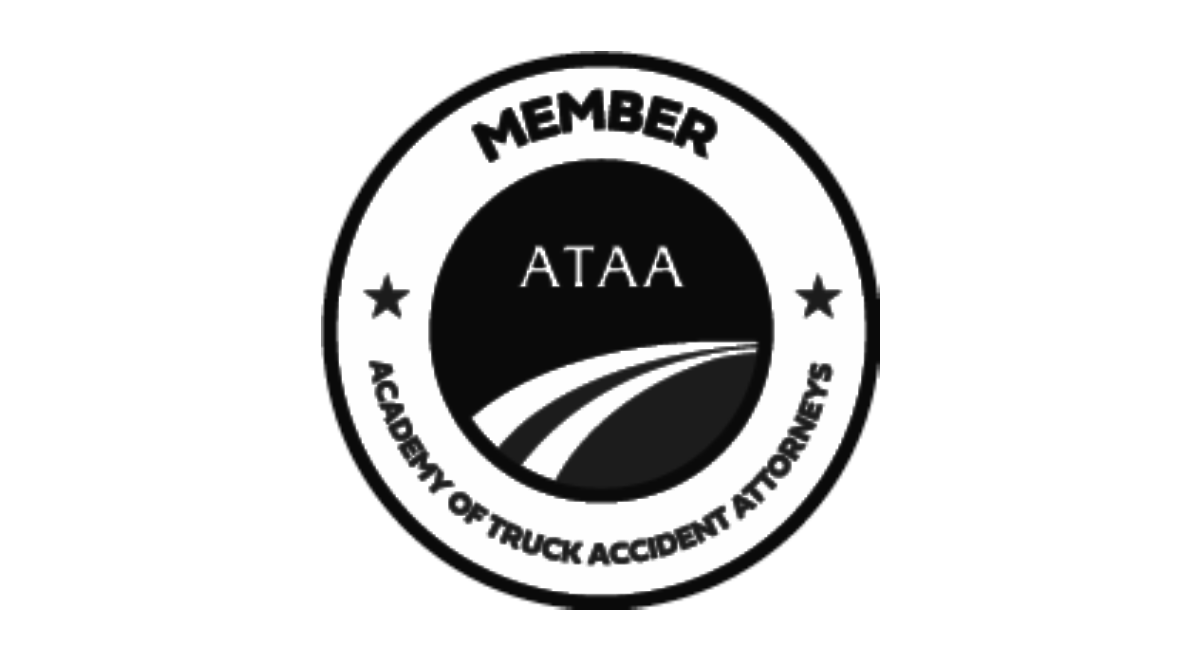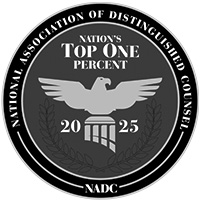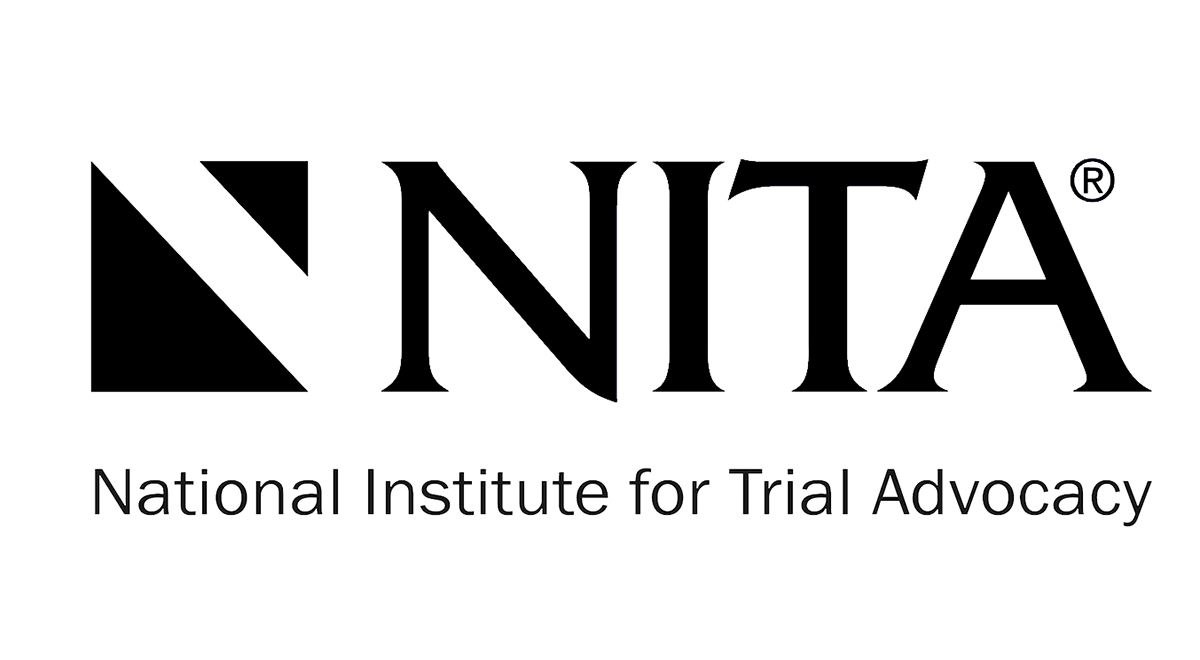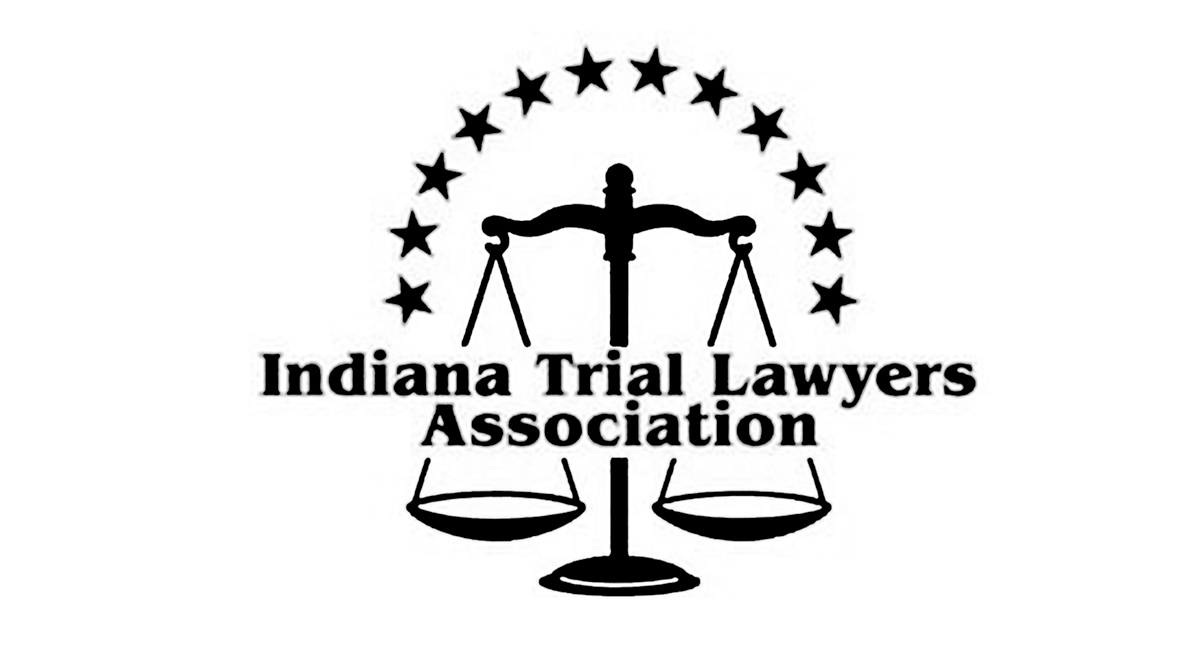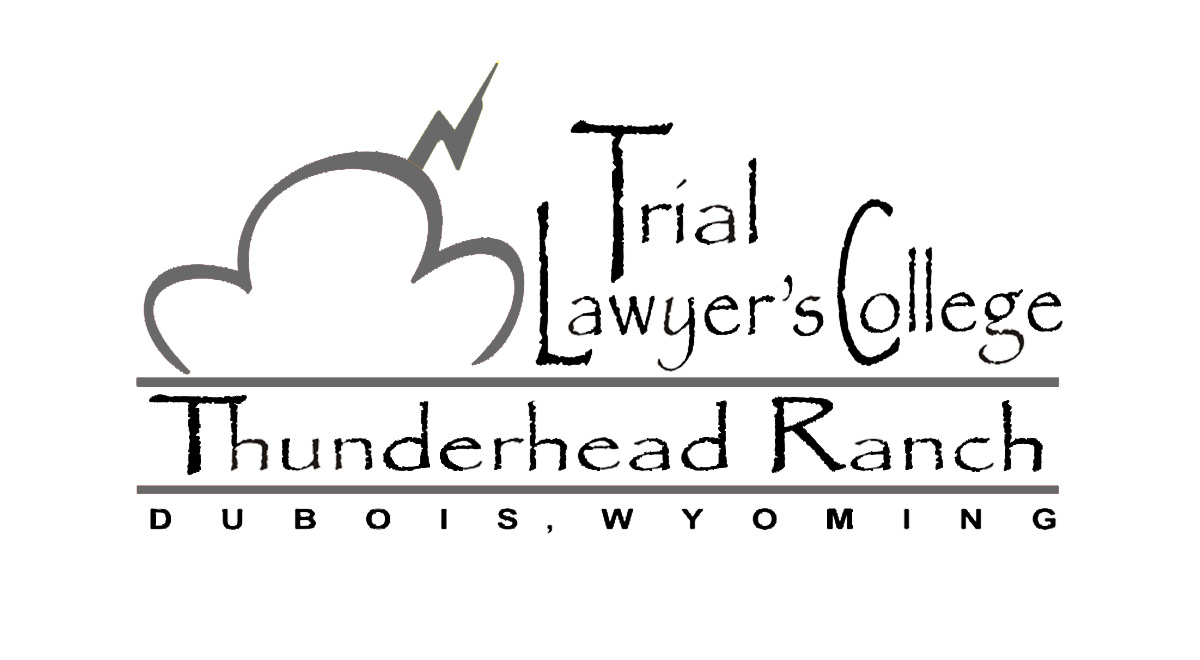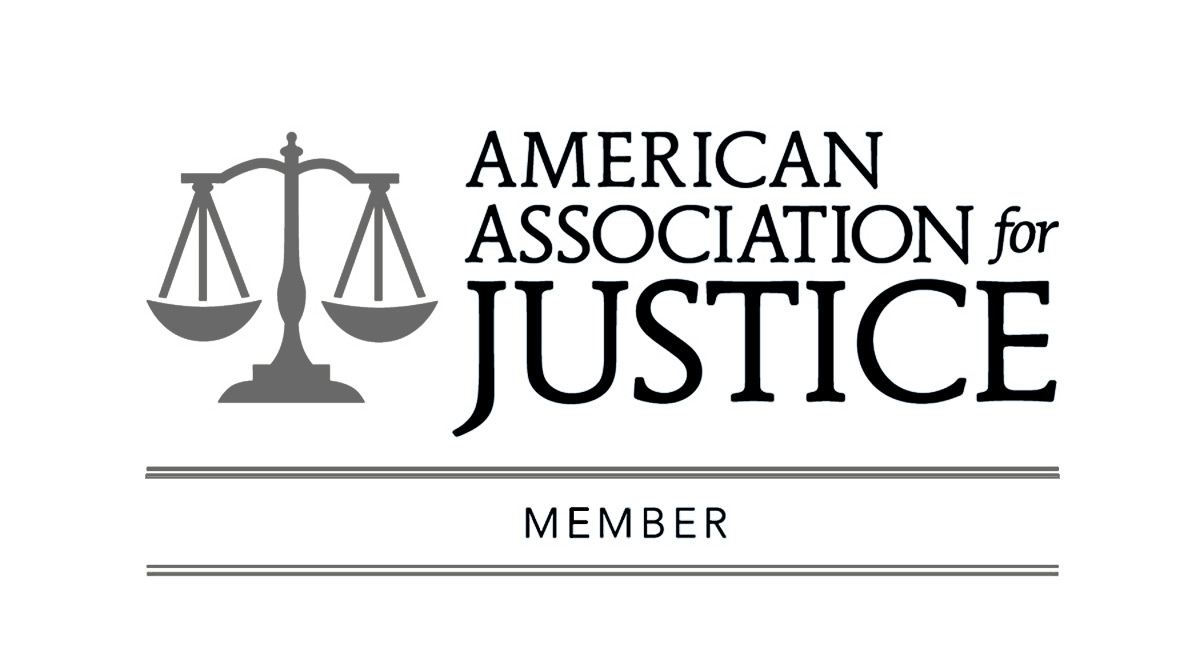July 20, 2019
Vehicle Crashworthiness – What is it?
Crashworthiness is defined as “the degree to which a vehicle will protect its occupants from the effects of an accident.” If a vehicle is “worthy” of a crash, it has the ability to protect its occupants. For a vehicle to be “crashworthy” it must:
- maintain occupant survival space;
- manage collision energy;
- restrain occupation;
- prevent ejection; and
- prevent fires.
The National Highway Traffic Safety Administration (“NHTSA”) is responsible for developing and improving test procedures used to evaluate vehicle safety. The ultimate goal is to reduce the number of fatal and serious injuries that occur on roads in the U.S. each year.
The NHTSA promulgated the Federal Motor Vehicle Safety Standards (“FMVSS”) which set forth minimum standards that a vehicle must meet in order to be sold in the U.S. Most of the standards are performance standards which set forth how a vehicle must perform under various circumstances. The FMVSS also contains design standards which set forth how certain vehicle components are designed or placed in the vehicle.
A Vehicle That Is Not Crashworthy is Defective
Vehicle manufacturers are required to design and build vehicles that protect occupants. A vehicle that is not crashworthy is defective. When a vehicle is defective, the manufacturer, seller and others may be responsible for harm caused in a product liability lawsuit. A few types of “crashworthiness” claims include:
1. Seatbelt Claims – Seatbelt system failure or design defect claims often arise when an occupant is ejected from the vehicle, is injured by the seatbelt or comes into contact with the structures of vehicle despite being belted.
2. Failure to Equip. – A vehicle manufacturer may be liable for failing to equip a vehicle with safety technology that was available when the vehicle was made. Examples include lack of side curtain airbags, stability control, laminated glass, lane departure warning or assistance, or emergency brakes.
3. Stability Claims – Stability claims arise when a crash occurs due to a lack of on-road stability that can lead to a rollover or loss of control.
4. Seatback Claims – Seatback claims may arise when the occupant’s seat fails to perform during a wreck including seat back collapse or deformation which can lead to catastrophic injuries to the seat occupant or those sitting behind the failed seat. Child safety seats can also fail to perform due to improper design or manufacture.
5. Roof Crush – Roof crush claims may arise when the vehicle fails to maintain passenger survival space during a crash, especially a rollover. A weak vehicle roof will collapse during a rollover and potentially cause significant head and neck injuries.
6. Tire Defects – A properly manufactured and maintained tire should not fail before the end of its service life. An example of a tire defect is tread separation where the top steel belt and tread detach from the rest of the tire on a moving vehicle. This causes loss of vehicle control which can be devastating at highway speeds. Manufacturing defects are the most common cause of tread separation and can occur due to lack of quality control, poor materials, lack of proper training, or poor plant maintenance.
7. Vehicle Structure Defects – A vehicle structure defect can result in a variety of issues including failing to keep occupants in the vehicle during a wreck and intrusion of vehicle components into the occupants survival space. Structural defects can include glass failure, door failure and opening, and selection of materials that fail to preserve the survival space for an occupant.
8. Post Collision Fuel Fed Fires – Post collision fuel fed fires arise when a vehicle occupant is subject to a post-collision fire following a crash. This can occur due to defective design of the vehicle fuel system or a manufacturing defect. Common claims include fuel tank puncture or separation, improper design of the location of the fuel tank, lack of anti-siphoning devices or a check valve in the fuel filler pipe or lack of protection of the fuel system.
Preserving a Crashworthiness Claim
It is vitally important to act quickly if you suspect that you or a loved one has a potential crashworthiness claim. The general rule is “no car, no case.” The vehicle and its components must be secured and safely preserved. Along these lines, a vehicle may be equipped with a black box or event data recorder which can be downloaded to provide information including seat belt usage, air bag deployment and speeds.
Because of this, an attorney should be consulted as soon after a wreck as possible. If you suspect that you or a loved one may have been injured due to a vehicle defect we can help to investigate the claim, preserve necessary evidence and prosecute the claim which involves retaining appropriate scientific, engineering and medical professionals to prove the defect and that it was the cause of the injury.

